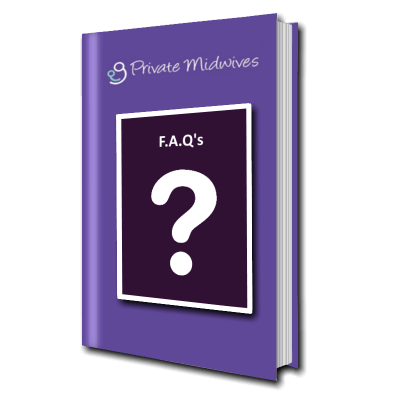VBAC
A caesarean section may be a choice for some women, but for others, they prefer a vaginal birth if possible. If they had a caesarean section previously, they may still want a vaginal birth with the next baby.
Whilst everyone wants a safe and healthy outcome for mum and baby, it is also important to consider choice and control as part of the overall outcomes and experience. So, when you are thinking about a Vaginal Birth After Caesarean (VBAC) what sort of things should you take into consideration?
Why did you have a Caesarean?
The first thing to consider, is why the caesarean section was done. It may have been a planned procedure (for example for a breech baby, twins, low placenta) or it may have been performed in labour as baby was not coping well, you were unwell, labour was not progressing as expected. Caesarean sections very early in pregnancy (typically less than 28 weeks) may have involved a different type of incision into your uterus, whilst those performed in the second stage of labour occasionally have an incision too low in your uterus. All these factors come with different things to consider. Will it happen again? Are there specific risk factors? Are problems more likely if I aim for a VABC? For this reason, we would always advise you sit with a health professional to talk through what happened last time and how it impacts on a future pregnancy. Ideally, this would be with your previous birth notes. You can request a copy of your previous notes from the hospital who provided your care.
Risks of a VBAC
When you first talk about a VBAC, the word “risk” is often mentioned. Basically, this means the “chance” of something happening. With a VBAC, there are two main things that health professionals may worry about:
- The placenta can stick to the old scar and grow into it – this is called Placenta Accreta.
The risk (or chance) of this happening have been reported to be as high as 1:300 and as low as 1:2000 pregnancies. The condition is more common in women with a previous caesarean section or uterine surgery. The main problem with this condition is haemorrhage, which can occur during pregnancy or during labour. Average blood loss is between 2 litres and 7.8 litres. This can be fatal. For this reason, all women who have a low, anterior placenta who had a caesarean section previously, are advised to have a detailed scan in a specialist facility to look at the placenta, how it is attached and how it is growing. This may include MRI imaging.
- The old scar can rupture.
The chance of the scar rupturing is low. Some things make this more likely to happen, for example, if you are over 40yrs old, had a baby within the last 12 months, pregnancy is very overdue, baby is very large, or you have a high BMI. Induction or labour also increases the risk. If the scar does rupture, it can be life threatening for mum and baby.
More On Births
Client Information Booklet
If you would like to know more information of what you can expect from us before making a booking please have a look at our client information booklet
See the Resource Library
Take a look at our resource library for guides on planning your birth, antenatal & postnatal plans of care, water births and much more.
Private Midwives Awards
We have been awarded the Winner of the Best Midwifery Service 2024 at the M&A Today Globabl Awards
We're also delighted to have been announced as the winner in the Diversity, Equity & Inclusion category at the Gamechangers Progress Champion Awards 2023 for both the UK and Ireland.
Thanks to all our midwives, office staff, our clients, our voters and nominators. We couldn't do any of this without you.


Work With Us:
Midwives: Work With Us
NHS: NHS Trusts
Telephone:
UK: 0800 3800 579
R.O.I 1800 937 119
Email:
info@privatemidwives.com
Copyright © 2021 Private Midwives
The Heath Business Centre, Runcorn, WA7 4QX
Website development by Arise Media
Copyright © 2021 Private Midwives
The Heath Business Centre,
Runcorn, WA7 4QX
Website development by Arise Media
 LANGUAGE
LANGUAGE

